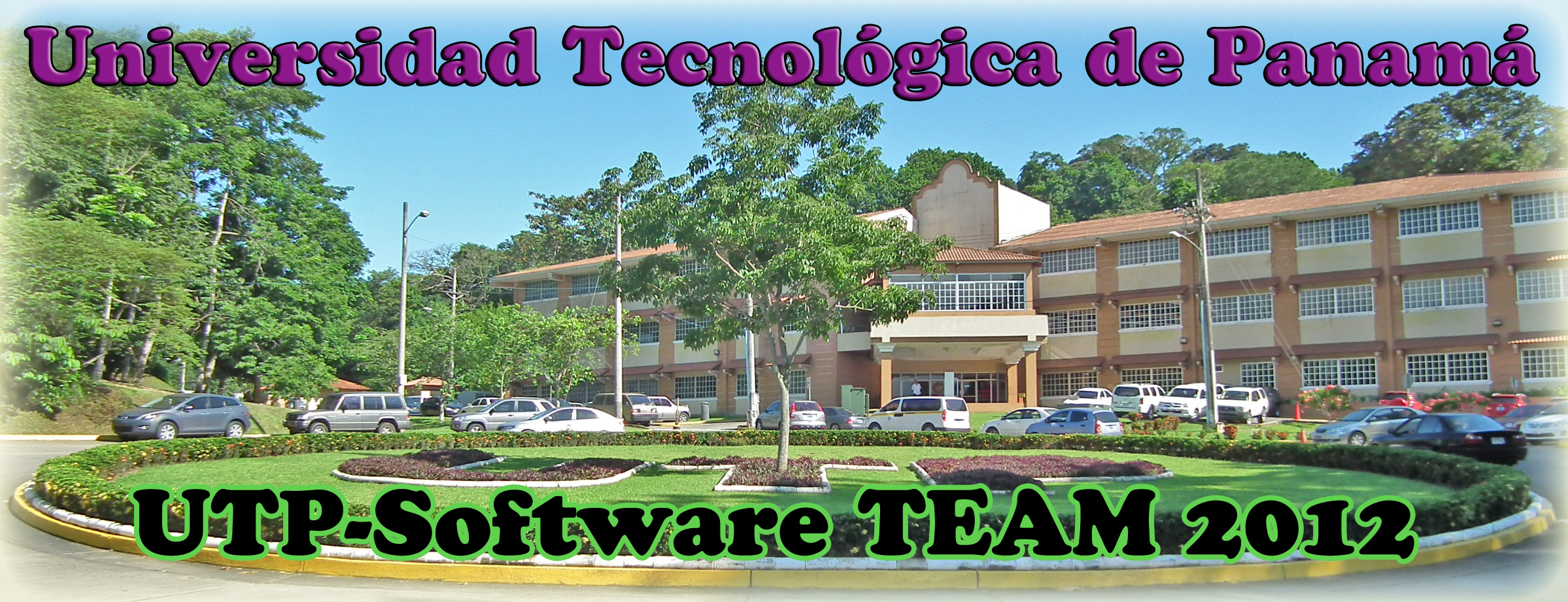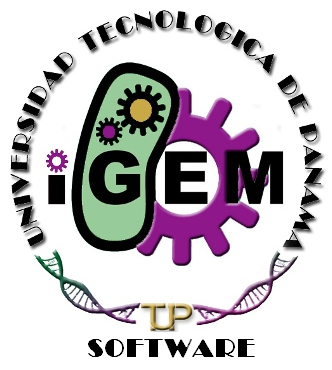Team:UTP-Software/HumanPractice
From 2012.igem.org
(Difference between revisions)
Arturo3010 (Talk | contribs) |
Arturo3010 (Talk | contribs) (→Human Practices Project An Introduction) |
||
| (4 intermediate revisions not shown) | |||
| Line 13: | Line 13: | ||
<div align="center"> | <div align="center"> | ||
| - | == Human Practices Project An Introduction== | + | == Human Practices Project. An Introduction== |
<div align="justify"> | <div align="justify"> | ||
| - | Bioinformatics is a new discipline that addresses the need to manage and interpret the data | + | Bioinformatics is a relatively new discipline that addresses the need to manage and interpret the data |
that in the past decade was massively generated by genomic research. This discipline | that in the past decade was massively generated by genomic research. This discipline | ||
represents the convergence of genomics, biotechnology and information technology, and | represents the convergence of genomics, biotechnology and information technology, and | ||
encompasses analysis and interpretation of data, modeling of biological phenomena, and | encompasses analysis and interpretation of data, modeling of biological phenomena, and | ||
| - | development of algorithms and statistics. | + | development of algorithms and statistics.<br> |
Bioinformatics is by nature a cross-disciplinary | Bioinformatics is by nature a cross-disciplinary | ||
| Line 30: | Line 30: | ||
myself, it is still a nebulous term that encompasses molecular evolution, biological modeling, | myself, it is still a nebulous term that encompasses molecular evolution, biological modeling, | ||
biophysics, and systems biology. For others, it is plainly computational science applied to a | biophysics, and systems biology. For others, it is plainly computational science applied to a | ||
| - | biological system. | + | biological system. <br> |
Bioinformatics is also a thriving field that is currently in the forefront of | Bioinformatics is also a thriving field that is currently in the forefront of | ||
| Line 37: | Line 37: | ||
living world. It is currently a hot commodity, and students in bioinformatics will benefit from | living world. It is currently a hot commodity, and students in bioinformatics will benefit from | ||
employment demand in government, the private sector, and academia. | employment demand in government, the private sector, and academia. | ||
| - | + | <br> | |
With the advent of computers, humans have become ‘data gatherers’, measuring every aspect | With the advent of computers, humans have become ‘data gatherers’, measuring every aspect | ||
| Line 48: | Line 48: | ||
finance and social stability), and clear understanding of chemical, biological and | finance and social stability), and clear understanding of chemical, biological and | ||
cosmological processes. Ultimately, we expect a better life. Unfortunately, data brings clutter | cosmological processes. Ultimately, we expect a better life. Unfortunately, data brings clutter | ||
| - | and noise and its interpretation cannot keep pace with its accumulation. | + | and noise and its interpretation cannot keep pace with its accumulation.<br> |
One problem with data is its multi-dimensionality and how to uncover underlying signal (patterns) in the most | One problem with data is its multi-dimensionality and how to uncover underlying signal (patterns) in the most | ||
| Line 54: | Line 54: | ||
we do with the data. Scientific discovery is driven by falsifiability and imagination and not by | we do with the data. Scientific discovery is driven by falsifiability and imagination and not by | ||
purely logical processes that turn observations into understanding. Data will not generate | purely logical processes that turn observations into understanding. Data will not generate | ||
| - | knowledge if we use inductive principles. | + | knowledge if we use inductive principles. <br> |
| - | + | ||
| - | + | ||
The gathering, archival, dissemination, modeling, and analysis of biological data falls within | The gathering, archival, dissemination, modeling, and analysis of biological data falls within | ||
| Line 67: | Line 65: | ||
crystallography) and were used in high-throughput combinatorial approaches (such as DNA | crystallography) and were used in high-throughput combinatorial approaches (such as DNA | ||
microarrays) to study patterns of gene expression. Inferences from sequences and | microarrays) to study patterns of gene expression. Inferences from sequences and | ||
| - | biochemical data were used to construct metabolic networks. | + | biochemical data were used to construct metabolic networks.<br> |
These activities have generated terabytes of data that are now being analyzed with computer, statistical, and machine learning techniques. The sheer number of sequences and information derived from these endeavors | These activities have generated terabytes of data that are now being analyzed with computer, statistical, and machine learning techniques. The sheer number of sequences and information derived from these endeavors | ||
Latest revision as of 03:50, 27 September 2012
| Home | Team & Attributions | Project | S2MT | Tutorial | Biosinergia | Notebook | Human Practices | Safety | Sponsors |
|---|
 "
"

